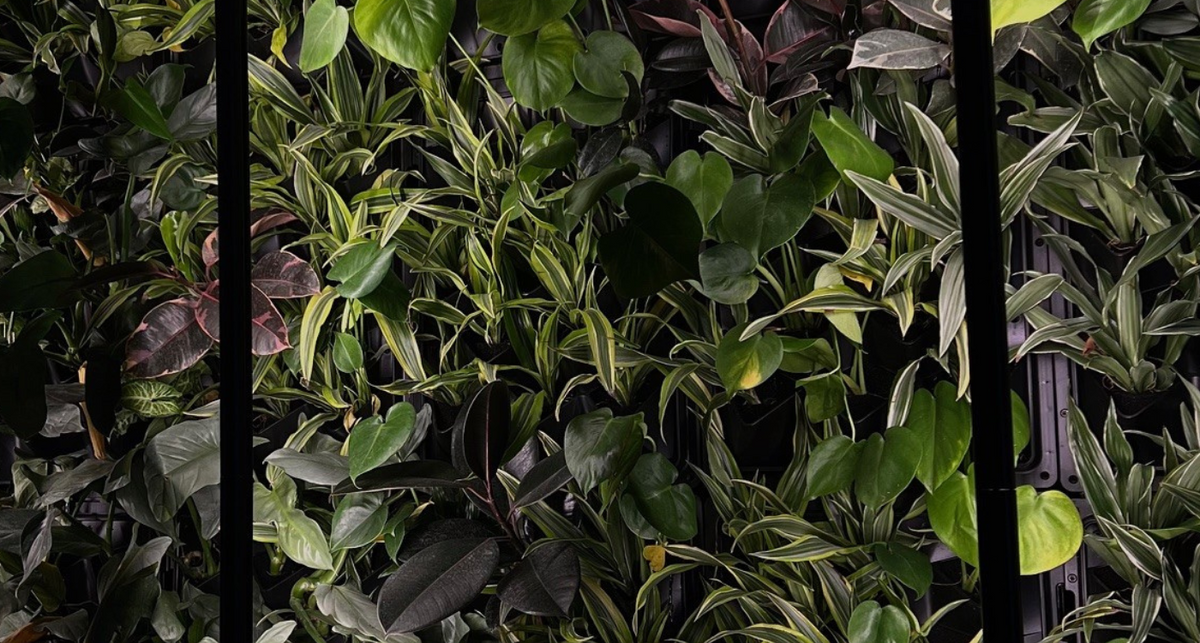
Plant Care 101: How to Fix an Overwatered Plant
|
Time to read 4 min
|
Time to read 4 min
In the serene realm of plant parenthood, a subtle but significant villain exists: overwatering. Despite our best intentions, it's a common issue that can wreak havoc on our beloved plants. But fear not, fellow plant enthusiasts, for understanding overwatering is the first step towards keeping healthy plants. If you suspect you're dealing with an overwatered plant, the final section of the blog outlines the 6-Step Guide on How to Fix An Overwatered Plant.
Overwatering in plants occurs when they receive more water than they need or can absorb. This excess water can lead to various problems, including root rot, lack of oxygen in the root zone, nutrient deficiencies, and susceptibility to diseases.
Overwatering is watering your plants frequently without allowing the substrate to dry out. Overwatering is NOT watering your plants with a lot of water.
How do you know if you're guilty of overwatering plants? Keep an eye out for these telltale signs:
Stunted growth or yellowing of new growth
A foul odor emanates from the soil, indicating root rot
Soil that remains constantly wet or soggy
Mold or fungus growth on the soil surface
CAUSES OF OVERWATERING:
Understanding the root causes (pun intended) of overwatering can help prevent its recurrence. Here are some common culprits:
Overenthusiastic watering without considering the plant's specific needs.
Poorly draining soil, leading to waterlogged conditions.
Lack of adequate drainage holes in pots.
Ignoring environmental factors such as humidity levels or seasonal changes.
HOW TO PREVENT:
Know Your Plant: Research the specific watering requirements of each plant in your care. Some species prefer drier conditions, while others thrive in moist soil.
Observe and Adjust: Pay close attention to your plants' response to watering. Allow the top few inches of soil to dry out between watering sessions, and adjust your watering frequency accordingly.
Choosing the Right Soil Mix: This is where our shop comes to the rescue! Our specially curated soil mixes are designed to promote optimal drainage, reducing the risk of overwatering. With ingredients selected to create well-draining environments, such as perlite, vermiculite, and orchid bark, our soil mixes provide the perfect balance of moisture retention and aeration for your plants' roots.
Mind the Container: Opt for pots with adequate drainage holes to allow excess water to escape freely. Consider repotting your plants if they're confined to containers without proper drainage.
Practice Patience: Remember, it's better to underwater than overwater. Allow your plants to dry out slightly between waterings, especially during periods of low growth or dormancy.
How to tell if a plant is overwatered or underwatered? Easy.
Underwatering means not giving plants enough water, leading to wilted, droopy, and dry leaves. Overwatering is when plants get too much water too frequently, causing wilting despite wet soil, yellowing leaves, and root rot. Balancing water is key for healthy plants.
Yes and no.
Overwatered plants can recover if the damage isn't severe. Although they can sometimes recover independently if the damage isn't severe, it's advisable to intervene by ceasing watering, allowing the soil to dry out, and enhancing drainage.
Step 1: Asses the Damage
Check the plant for signs of overwatering such as wilting, yellowing leaves, or mushy stems. Assess the soil moisture level to confirm overwatering. This step is crucial in helping you figure out if you have an overwatered plant and to what extent.
Step 2: Stop Watering
Immediately stop watering the plant to prevent further waterlogging and root damage.
Step 3: Improve Drainage and Remove Excess Water
Ensure that the pot your plant is in has proper drainage. If it does, remove any excess water that your roots may be sitting in. If the plant is in a container without drainage holes, consider repotting it into a pot with drainage holes.
If your pot already has drainage holes and there's no excess water, consider adding more perlite or orchid bark to enhance soil aeration.
Step 4: Let the Soil Dry Out
Allow the soil to dry out completely before watering again. You can test the soil moisture level by inserting your finger into the soil up to the first knuckle. If it feels dry, it's time to water. This could take anywhere between 4-9 days depending on the severity of the overwatering. If this step is taking longer than 9 days, repot your plant into a more suitable soil mix. You can use our soil guide to help you figure out what soil mix works best for your plant.
Step 5: Clean Up the Plant
Trim off any yellow or mushy leaves, stems, or roots using clean, sharp scissors or pruning shears. This helps prevent the spread of disease and encourages new growth.
Step 6: Patience is Key
Keep a close eye on the plant over the next few weeks to monitor its progress. Be patient as you look for signs of new growth, improved appearance, and overall health. Adjust your care routine as needed to support the plant's recovery.
Finding the balance between hydration and suffocation is key in the intricate dance of plant care. By understanding the perils of overwatering, recognizing its symptoms, and implementing thoughtful solutions, you can cultivate a thriving garden that flourishes with vitality.
At Birdy's Plants, we're committed to supporting your journey towards happier and healthier plants. Explore our range of soil mixes meticulously crafted to mitigate the risks of overwatering, and enjoy being a great plant parent.
Follow us on Instagram, Tiktok, or Facebook at @birdysplants or subscribe to our newsletter


